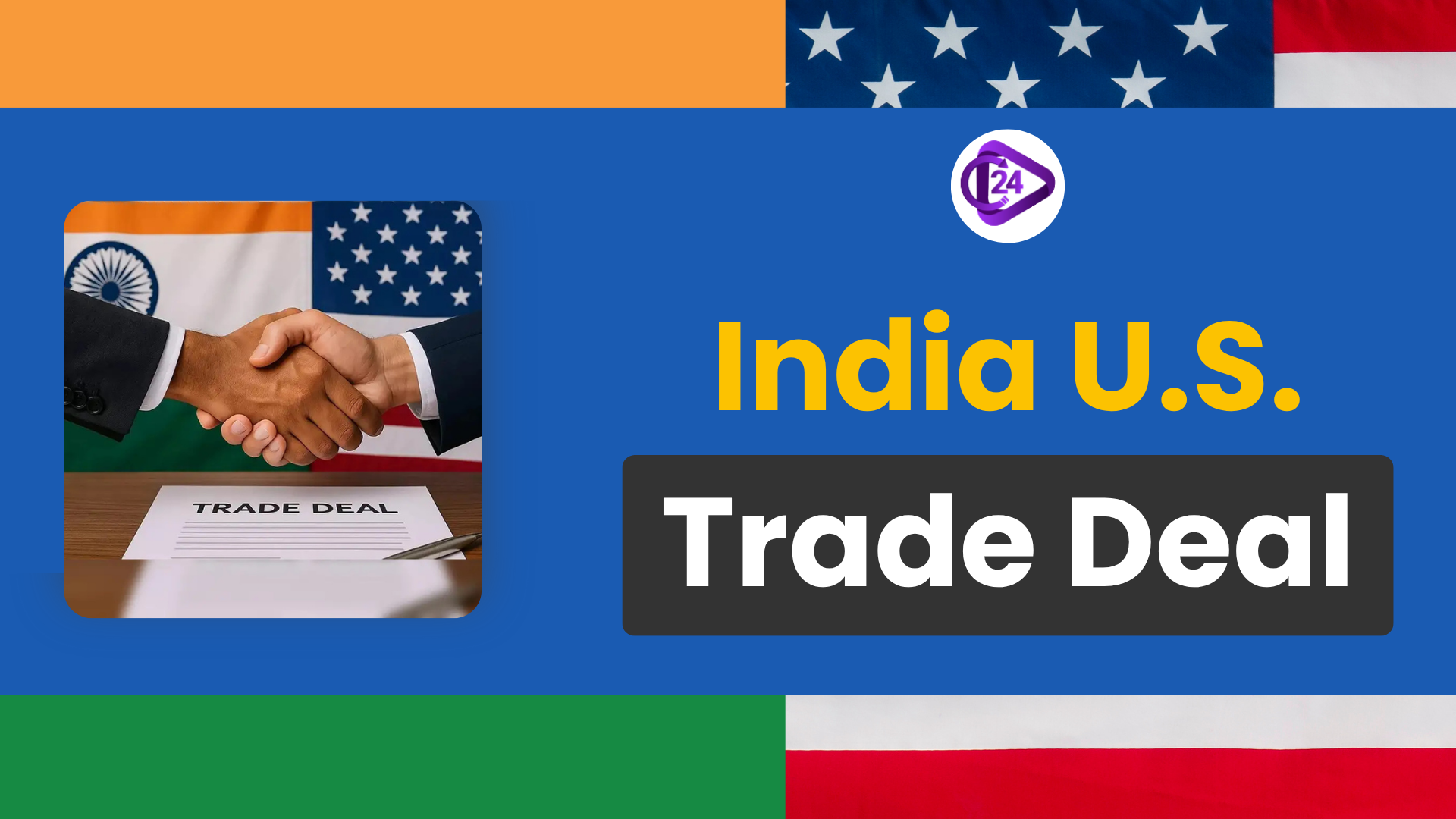
The trade deal between India and the United States that was initially supposed to be signed on July 9 is taking longer to be reached as issues are unresolved in ongoing negotiations. The principal issues of concern are the high American tariffs on the importation of steel and aluminium and the insistence of the U.S. to be given more access to the Indian agricultural market. Though there were fruitful negotiations and delegations of both parties visited each other, the agreement is now likely to be reached by the fall of 2025, and the deadline is planned to be September-November. The change indicates how complicated the discussions are and how political some of the core issues are.
India-U.S. trade deal that should have been finalized by July 9 has been held up over tariff and agricultural market access issues. It is now projected that the deal will be completed by the fall of 2025, and the emphasis will be to establish a mutually beneficial Bilateral Trade Agreement (BTA).
Detailed Overview of the India-U.S. Trade Deal Delays
1. Original Timeline and New Deadline
-
First Deadline: The two nations had aimed high of reach an initial mini-deal by July 9, when U.S. steel and aluminium tariffs are due to take effect.
-
Amended Due date: The transaction is now projected to be accomplished between September 2025 and November 2025. This change can be attributed mostly to the continuous negotiation on difficult matters that are not finally resolved.
2. Key Issues Hindering Progress
U.S Tariffs on Steel and Aluminium:
-
Among the key stumbling blocks to the negotiations is the U.S. tariffs on steel and aluminium, which President Donald Trump recently increased to 50 per cent in June, thereby stoking more tensions.
-
Efforts by India: India has been pressing to have concessions on these tariffs, which have a huge impact on Indian exporters; however, there has been no success so far.
-
Rising Tariffs: After previously increasing tariffs in March, the 50 per cent tariff on steel and aluminium was enacted into law, creating a very crucial point in negotiations.
U.S. Demand for Agricultural Market Access:
-
The U.S. has also been urging the opening up of the Indian agricultural market, seeking reduced hindrances to U.S. agricultural imports, on the other side.
-
India: India is also not willing to liberalize its agricultural market extensively because this will destroy the lives of the local farmers who are already competing with imports.
-
This is one of the other aspects which both parties have not been able to compromise as India wants to protect its farmers.
3. Recent Developments and Negotiation Efforts
Negotiators coming to see you:
-
Visit of Indian Team to the U.S.: Last month, Indian delegation led by Commerce Minister Piyush Goyal visited the U.S. to advance the talks.
-
U.S. Team Visit To India: After this, a week-long visit of the U.S. negotiating team to India ended on June 10.
-
Even after the productive talks, both parties have admitted that there are still major issues that are unsettled.
Productive Talks:
-
Both parties have reported the talks to be fruitful and there is a development towards a Bilateral Trade Agreement (BTA) that will be mutually beneficial, although some thorny issues still exist which will take time to work out.
4. The Significance of the July 9 Deadline
Background of July 9 Date:
-
The date of July 9 is relevant because it is the expiry of the 90-day suspension on his Liberation Day tariff increases that Trump had announced.
-
Consequences of Delay: Unless the deal is completed by this date, the U.S. can impose tariffs again, and it might lead to rising tensions and subsequent complexities in further negotiations.
India’s Response:
-
India had already cried foul over the tariff increases, making an official complaint to the World Trade Organization (WTO), claiming that it had the right to put reciprocal tariffs on American goods.
-
The bilateral talks are still going on regarding the issue and both the parties are trying to reach some sort of compromise that might ease the tensions and settle the prevailing trade anxieties.
5. Future Outlook
U.S. Officials' Statements:
-
U.S. Secretary of Commerce, Howard Lutnick, was upbeat about the same saying that a trade agreement with India would probably be ready in the “not too distant future”.
-
Position of Indian Government: India wants to conclude the trade agreement, recognizing the difficulty of the process but insisting on the necessity of a balanced agreement, which would suit both nations.
Importance of a Mutually Beneficial Agreement:
-
India and the U.S. are eager to make a comprehensive trade agreement covering major areas such as agriculture, manufacturing and service industries.
-
The completion of this agreement will, most probably, have an immense influence on both of the economies, ameliorating the trade relationship and allowing more accessibility to the market to the companies of India and the U.S.
Conclusion
Trade deal between India-U.S which was initially expected to be finalized by July 9 is delayed mostly because of the concerns in steel and aluminium tariffs, and U.S. insistence on agricultural market access. As both parties have reported about fruitful negotiations, the new fall 2025 deadline provides them with more time to squeeze out the following essential points. The completion of this deal may boost the economic relations between the two nations and the U.S. and India will gain more, particularly the trade, agriculture, and manufacturing. Nevertheless, the next few months will be critical towards reaching a middle-ground on these intricate trade issues.



 Bold Kurukshetra 2025 to be Hosted in Jodhpur: Strengthening India- Singapore Defence Ties
Bold Kurukshetra 2025 to be Hosted in Jodhpur: Strengthening India- Singapore Defence Ties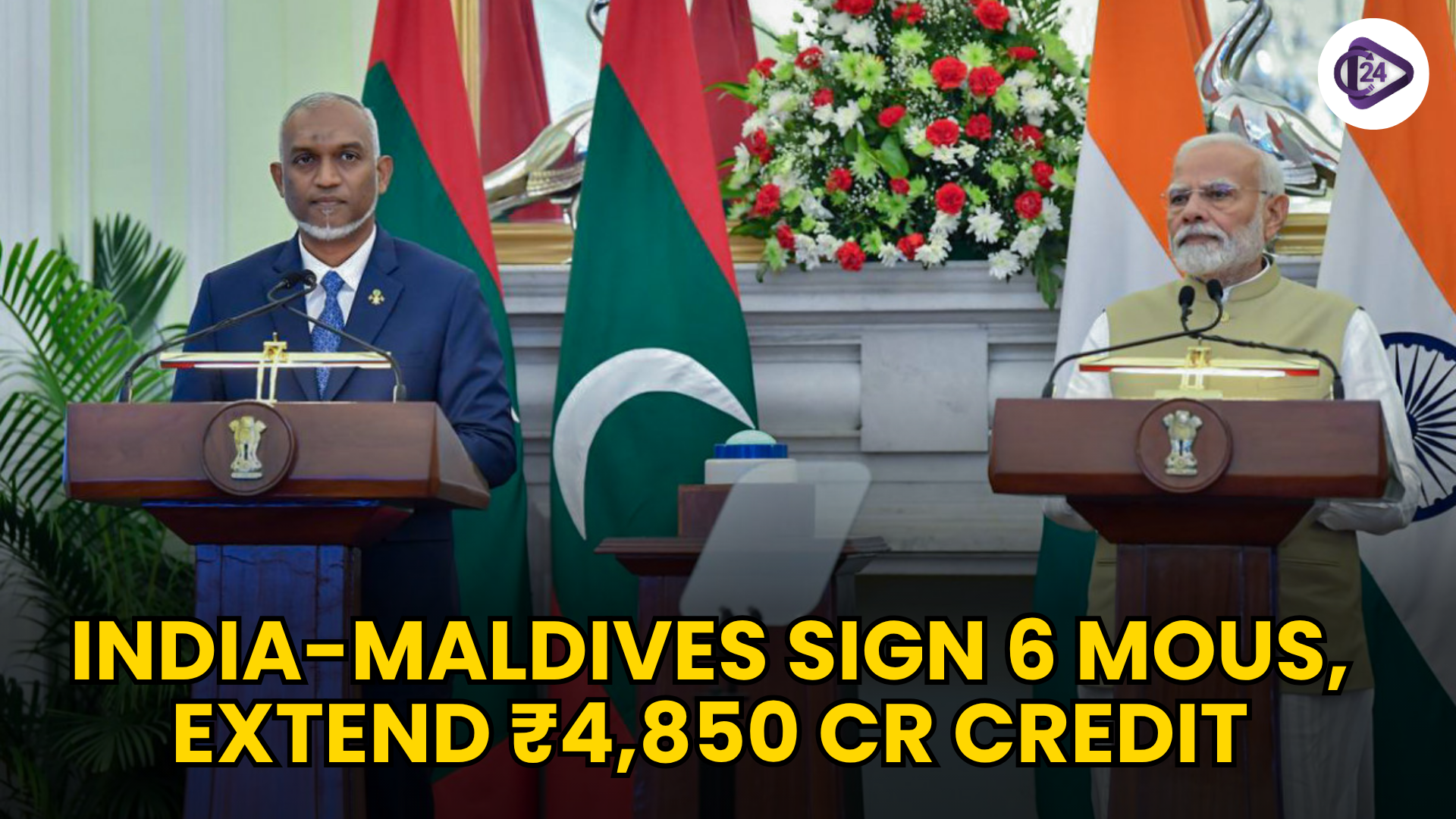 India-Maldives Strategic Ties: 6 MoUs Signed and ₹4,850 Cr Line of Credit Extended
India-Maldives Strategic Ties: 6 MoUs Signed and ₹4,850 Cr Line of Credit Extended India Calls for Gaza Ceasefire, Reaffirms Support for Palestine at UNSC
India Calls for Gaza Ceasefire, Reaffirms Support for Palestine at UNSC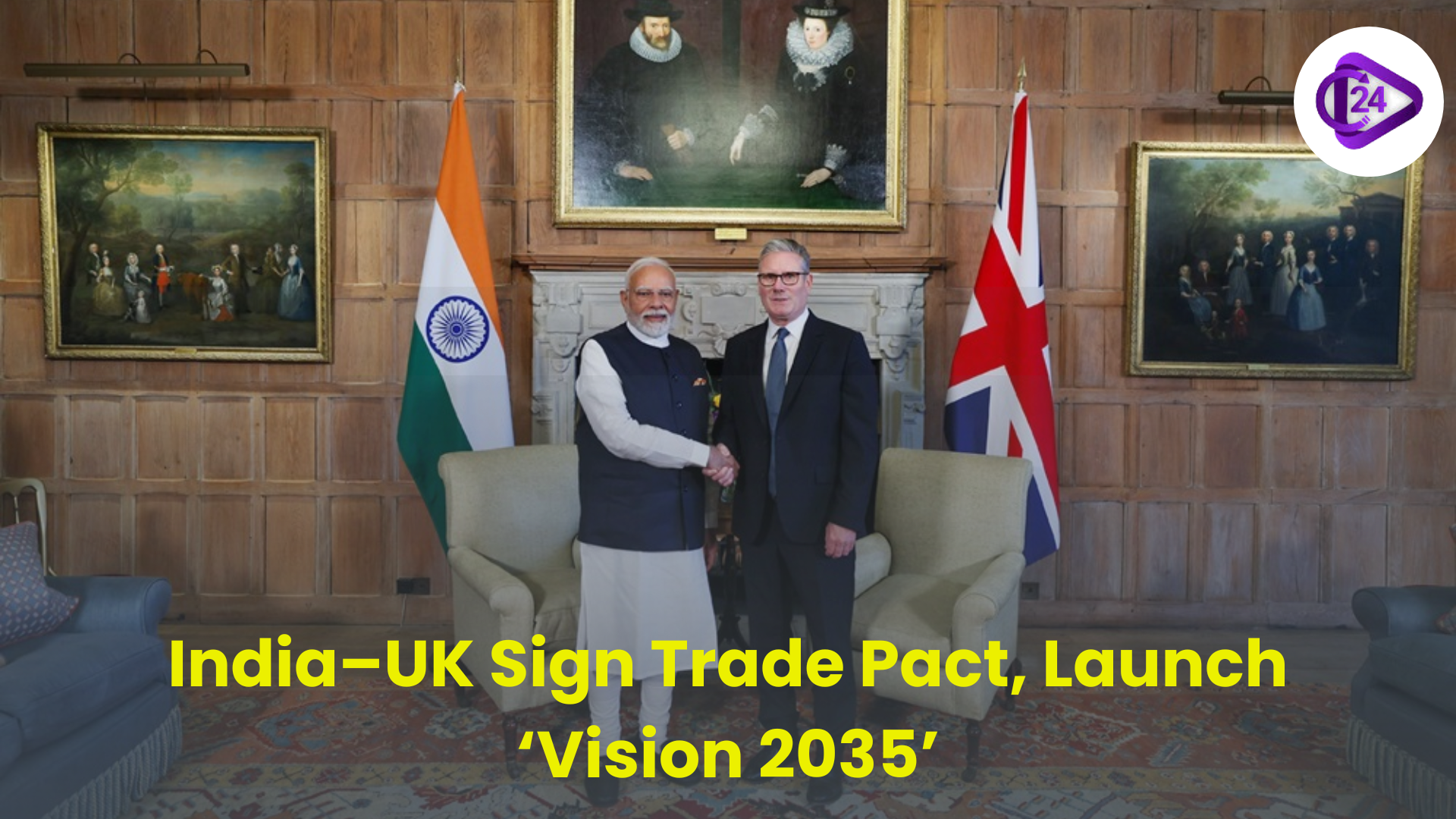 India–U.K. Sign Comprehensive Economic Trade Agreement and Launch ‘Vision 2035’
India–U.K. Sign Comprehensive Economic Trade Agreement and Launch ‘Vision 2035’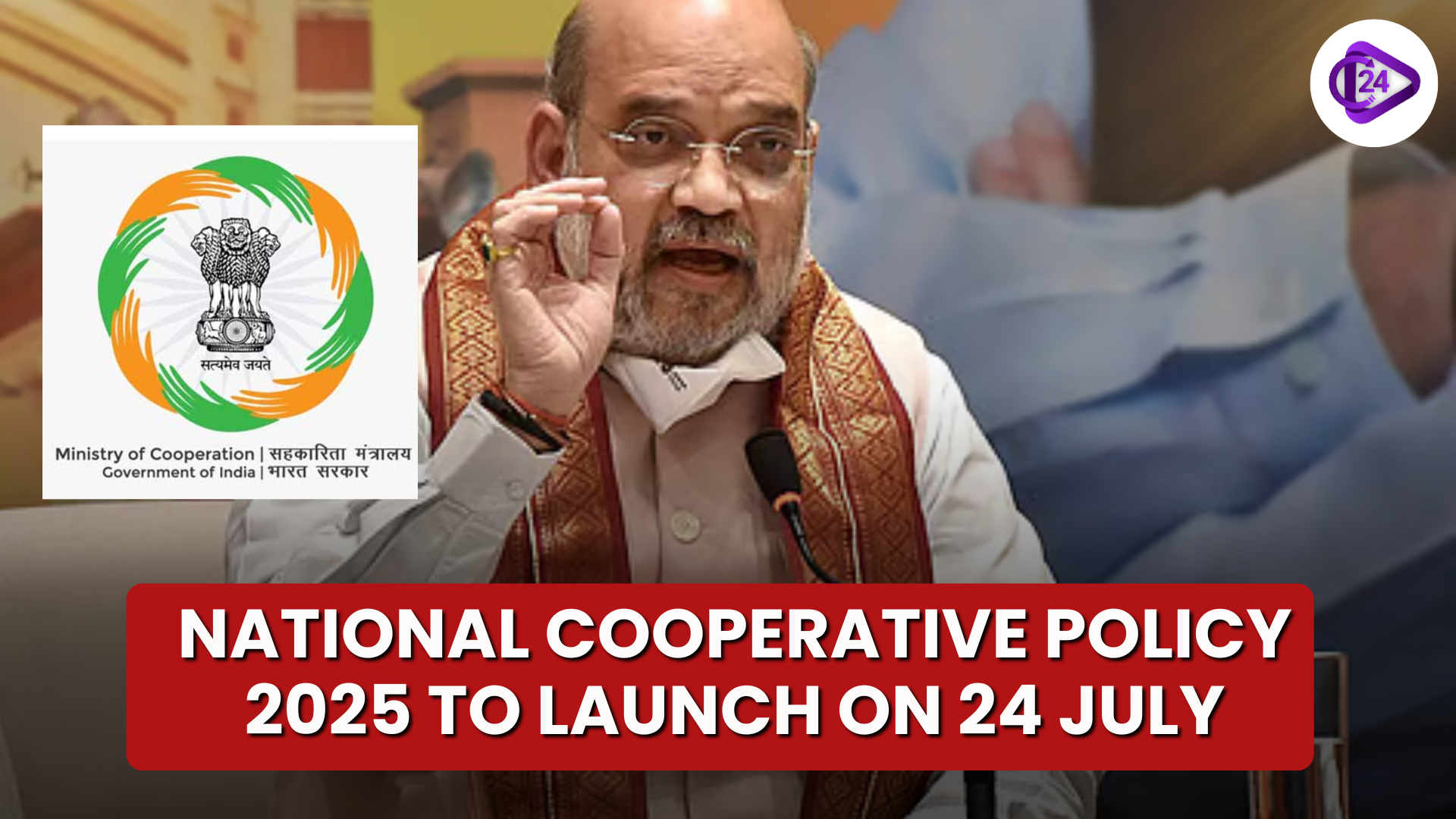 National Cooperative Policy 2025 to Launch on 24 July
National Cooperative Policy 2025 to Launch on 24 July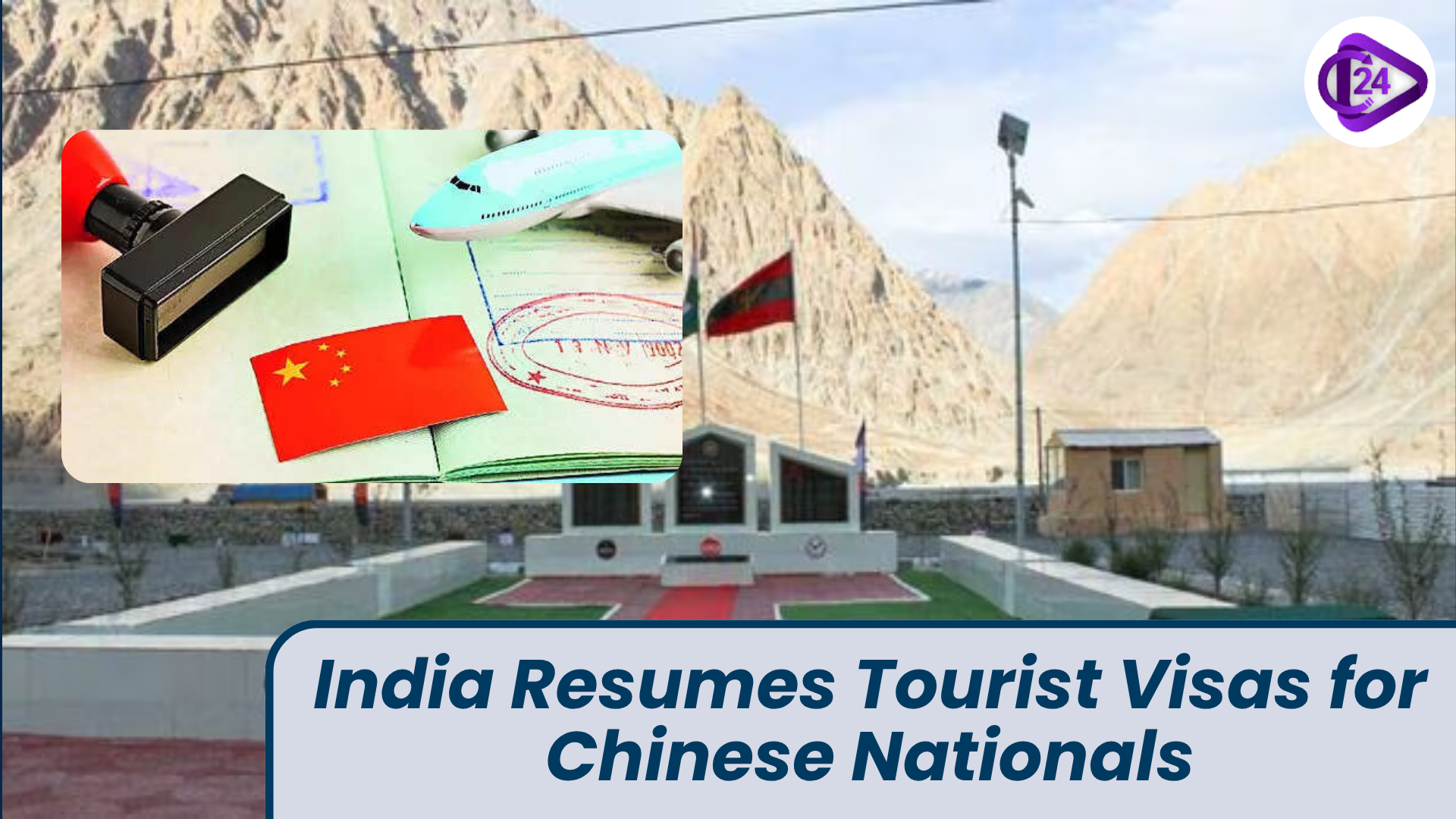 India Resumes Tourist Visas for Chinese Nationals
India Resumes Tourist Visas for Chinese Nationals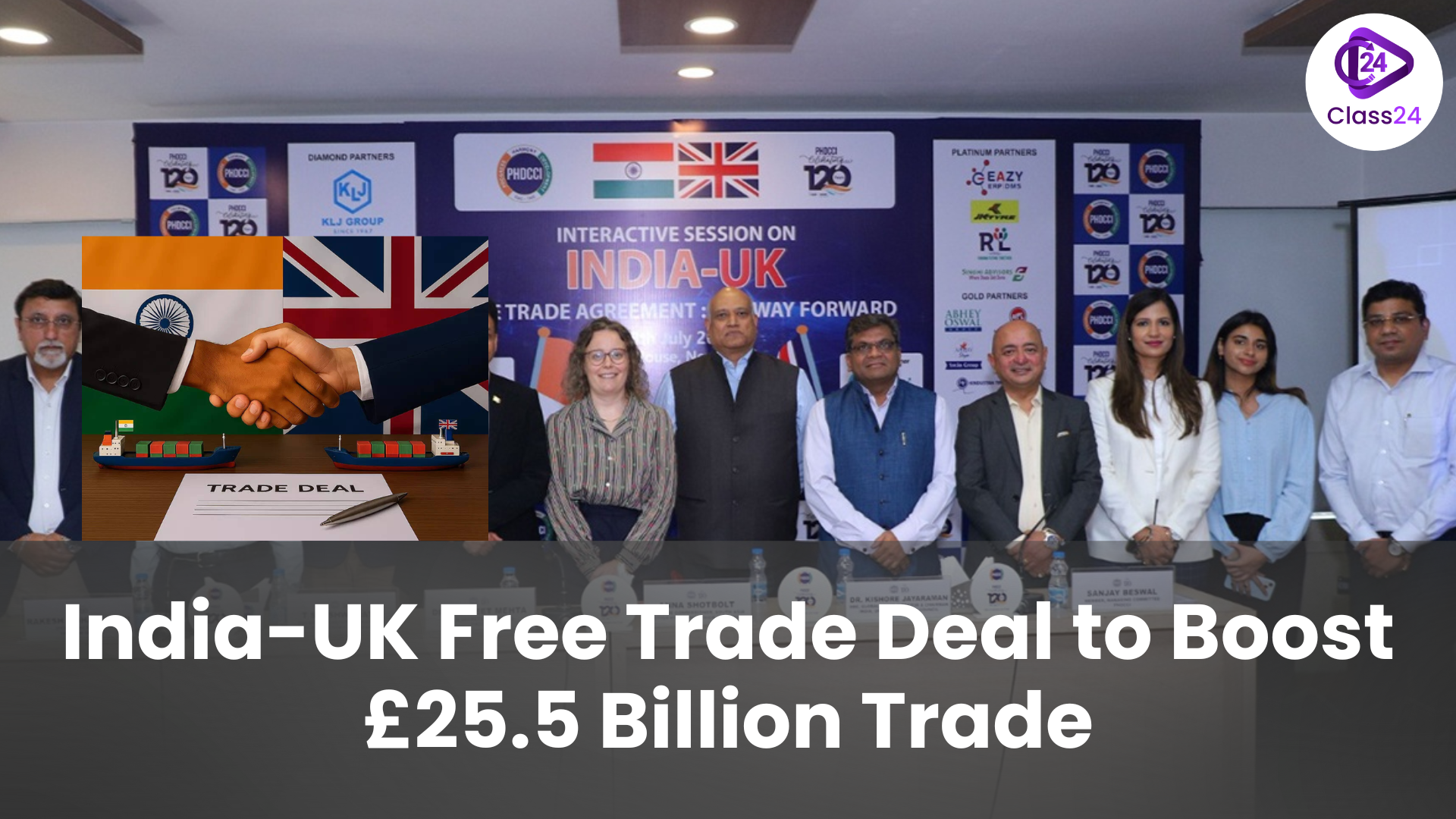 India-UK Free Trade Deal Set to Boost £25.5 Billion in Annual Trade
India-UK Free Trade Deal Set to Boost £25.5 Billion in Annual Trade India’s UN Abstentions Reach Record High Amid Global Polarisation
India’s UN Abstentions Reach Record High Amid Global Polarisation India-UAE: Nuclear Energy & Advanced Technology – The Next Strategic Frontier
India-UAE: Nuclear Energy & Advanced Technology – The Next Strategic Frontier Indian Navy to Participate in 32nd SIMBEX in Singapore
Indian Navy to Participate in 32nd SIMBEX in Singapore






